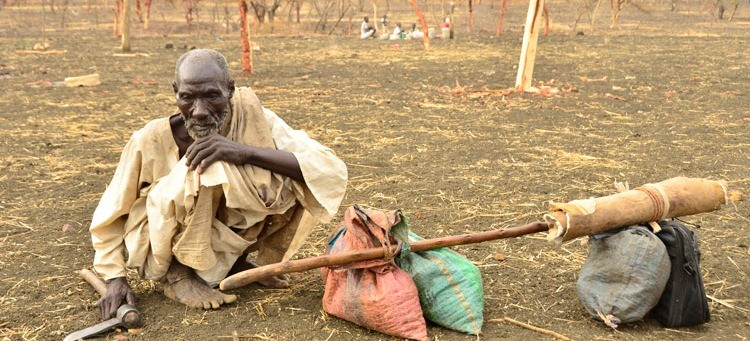A new report by the human rights group Amnesty International points to evidence that the Ingessana Hills in Blue Nile state “endured multiple scorched earth offensives in 2012” as well as bombing attacks in 2013.
The report, ‘We had no time to bury them,’ claims to document war crimes committed by Sudanese military forces who destroyed entire villages, left many dead and injured, and forced tens of thousands to flee.
Amnesty International stated that at least eight villages in the Ingessana Hills were destroyed and their inhabitants displaced, naming the villages as Qabanit, Jegu, Khor Jidad, Taga, Kumrik, Marol, Bau and Fadamiyya.
“An analysis of satellite imagery of six villages confirms that the villages experienced widespread and deliberate destruction. Houses were destroyed by fire, according to a pattern that suggests the systematic, intentional burning of infrastructure rather than accidental fires or wildfires,” reads part of the report.
In some of the settlements the Sudanese army established defensive positions after driving out the villagers.
Download the full report here (pdf).
File photo: A refugee from Blue Nile near Al Foj, a border point between Sudan and South Sudan, 2012 (Tomo Kriznar)




